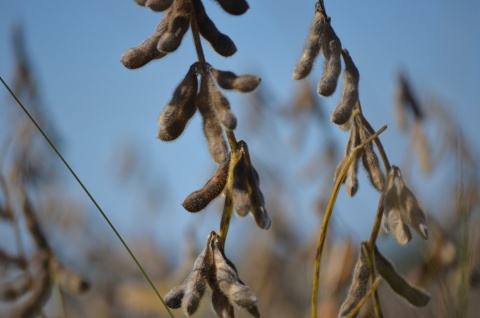- Location
- Devon
I've found this further analysis of the data in the Poore and Nemecek report. https://ourworldindata.org/carbon-footprint-food-methane
It sets out that: methane’s shorter lifetime means that the usual CO2-equivalence does not reflect how it affects global temperatures. So CO2eq footprints of foods which generate a high proportion of methane emissions – mainly beef and lamb – don’t by definition reflect their short-term or long-term impact on temperature.... and asks the question "Do these measurement issues matter for the carbon footprint of different foods? Are the large differences only because of methane?"
So, in effect, it splits out the effect of methane emissions.. I've wanted to see that for a long time. Disappointingly, it still leaves ruminant products way out front on emissions.
It goes on to say: Where do the non-methane emissions from cattle and lamb come from? For most producers the key emissions sources are due land use changes; the conversion of peat soils to agriculture; the land required to grow animal feed; the pasture management (including liming, fertilizing, and irrigation); and the emissions from slaughter waste.
All the more reason to keep asking for the detail on the data for land use change, on the data for apportioning animal feed. And I still really want to see the UK specific data. Time to start emailing Joseph Poore again.
View attachment 953365
Thanks.
I find it rather hard to understand why land use changes and fertiliser/ irrigation should be so much worse for livestock than crops.....
It becomes increasingly evident that every environmental report is manipulated to fit the narrative that the writer wish to pursue.
There is very little consistency with how things are evaluated and consequences/ implications are rarely considered.
In recent times we have come to understand 'efficient' to mean maximum output with minimal input in terms of £'s. In reality we should see efficiency in the terms of physics where we try to achieve a minimum amount of lost energy/ resource.
The modern obsession with intensification and specialisation is the root of many problems.
A small, fully integrated farming system where the animals produce the fertiliser to produce the crops etc. is the best and most sustainable system there is. It's efficiency is over 100% as it can be self sustaining while having extra to sell.









